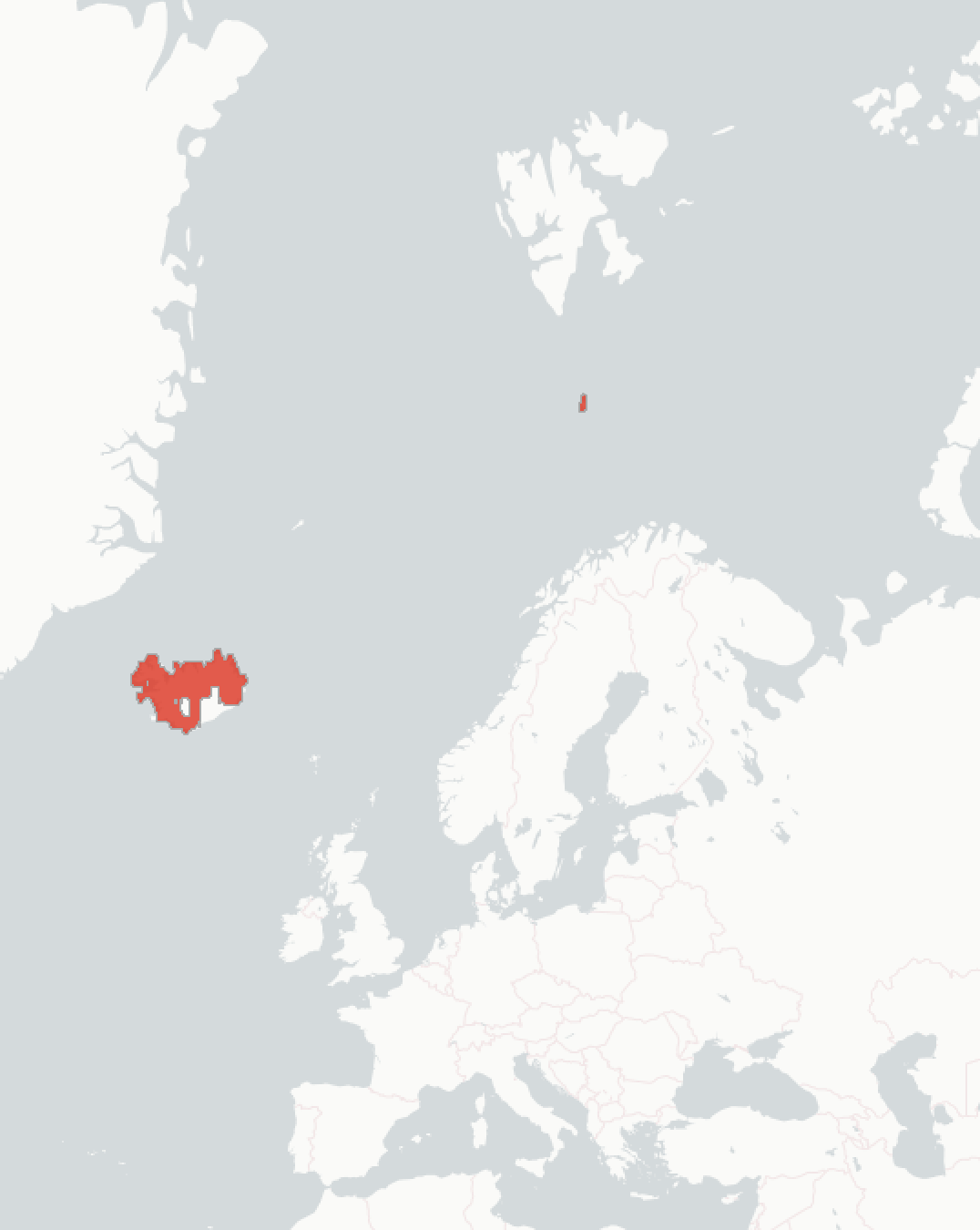Common Loon (Gavia immer): vulnerability to climate change
Evidence for exposure
Potential changes in breeding habitat suitability:
-
Current breeding area that is likely to become less suitable (96% of current range)
-
Current breeding area that is likely to remain suitable (2%)
-
Current breeding area that is likely to become more suitable (2%)
Current impacts to Common Loons attributed to climate change:
-
No impacts have been documented for this species in Europe
Predicted changes in key prey species:
No key prey assessment was carried out for this species.
Climate change impacts outside of Europe
-
Several impacts of climate change have been noted in North American populations, including decreased brood size, changes in migration patterns, increased energetic stress due to higher temperatures, and an increase in exposure to mercury.
Sensitivity
-
Loon nests are vulnerable to flooding given their placement at the shoreline’s edge. As significant rain events are expected to increase in many areas due to climate change, increased flooding could have significant impacts
-
This species has a long generation length (>10 years), which may slow recovery from severe impacts and increases population extinction risk
Adaptive capacity
-
Feeds on a wide variety of marine and freshwater fish, and appears to prey-switch readily. Loss of one or a few species due to climate change is unlikely to significantly impact most populations.
-
Common loons frequently return to the same breeding sites, and show strong breeding site fidelity. In addition, dispersal is low so new areas are not commonly colonised. However, following repeated breeding failures several populations have abandoned previous sites and colonised new areas. This suggests some populations may shift in response to changing climate
-
Common loons have high fidelity to wintering sites, and they are unlikely to respond quickly to change in conditions in these wintering areas. Any major change to these areas may have significant impacts on wintering populations
